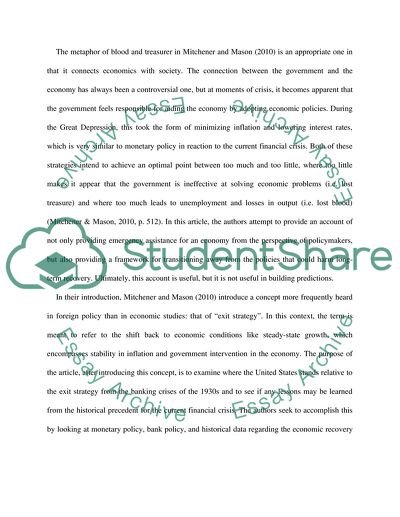Cite this document
(“Blood and Treasure by Kris James Mitchener and Joseph Mason Article”, n.d.)
Blood and Treasure by Kris James Mitchener and Joseph Mason Article. Retrieved from https://studentshare.org/macro-microeconomics/1580322-article-review
Blood and Treasure by Kris James Mitchener and Joseph Mason Article. Retrieved from https://studentshare.org/macro-microeconomics/1580322-article-review
(Blood and Treasure by Kris James Mitchener and Joseph Mason Article)
Blood and Treasure by Kris James Mitchener and Joseph Mason Article. https://studentshare.org/macro-microeconomics/1580322-article-review.
Blood and Treasure by Kris James Mitchener and Joseph Mason Article. https://studentshare.org/macro-microeconomics/1580322-article-review.
“Blood and Treasure by Kris James Mitchener and Joseph Mason Article”, n.d. https://studentshare.org/macro-microeconomics/1580322-article-review.


